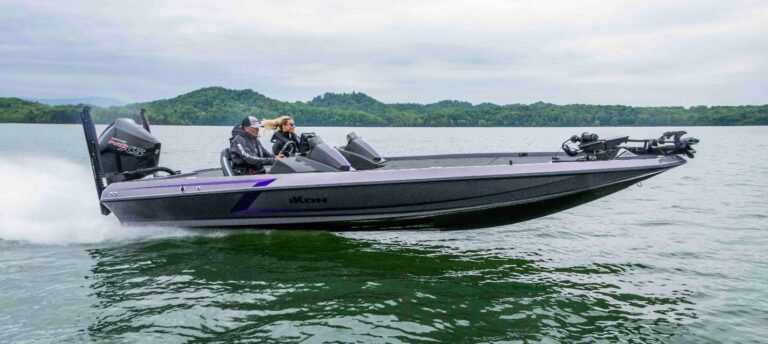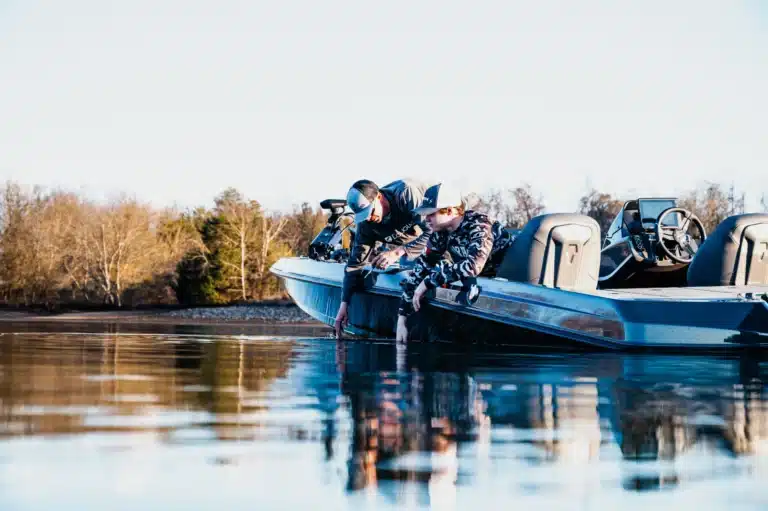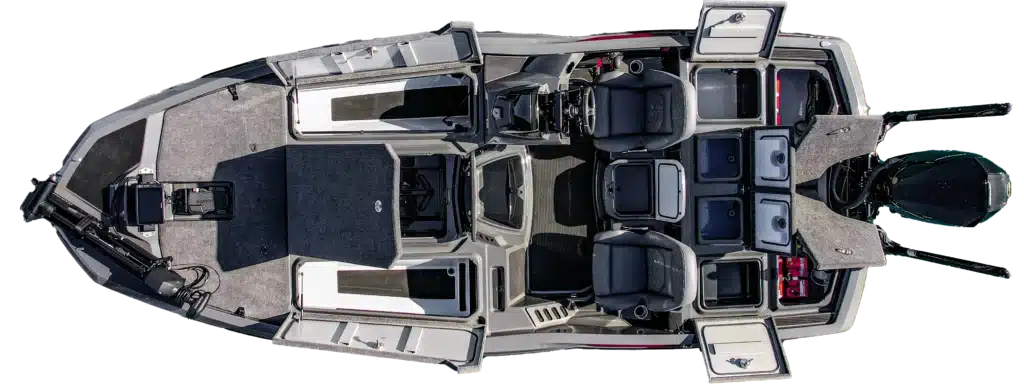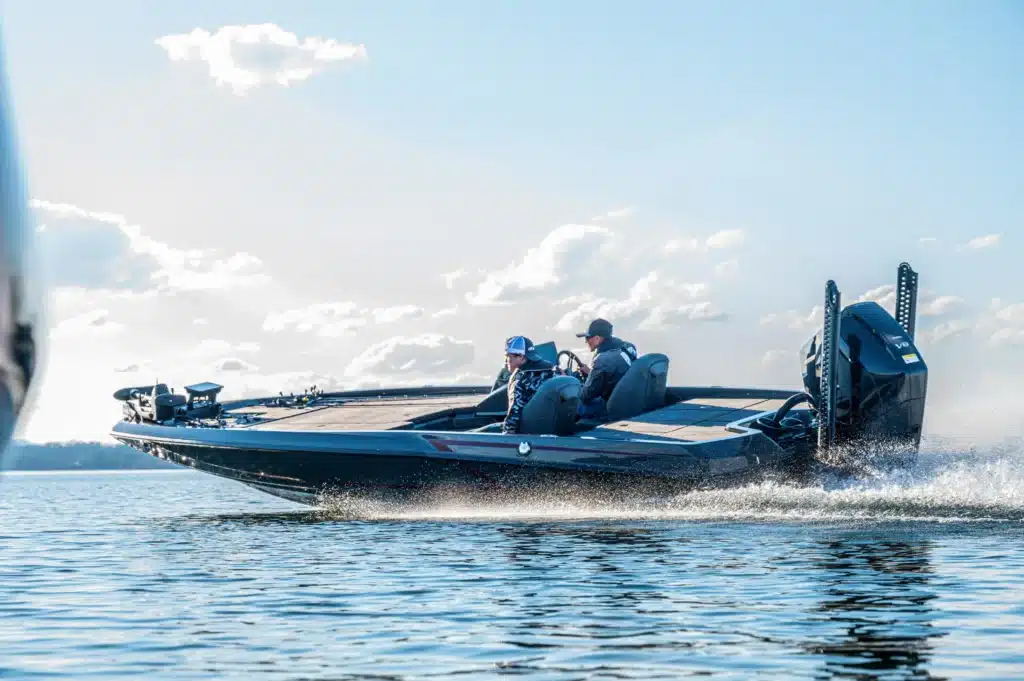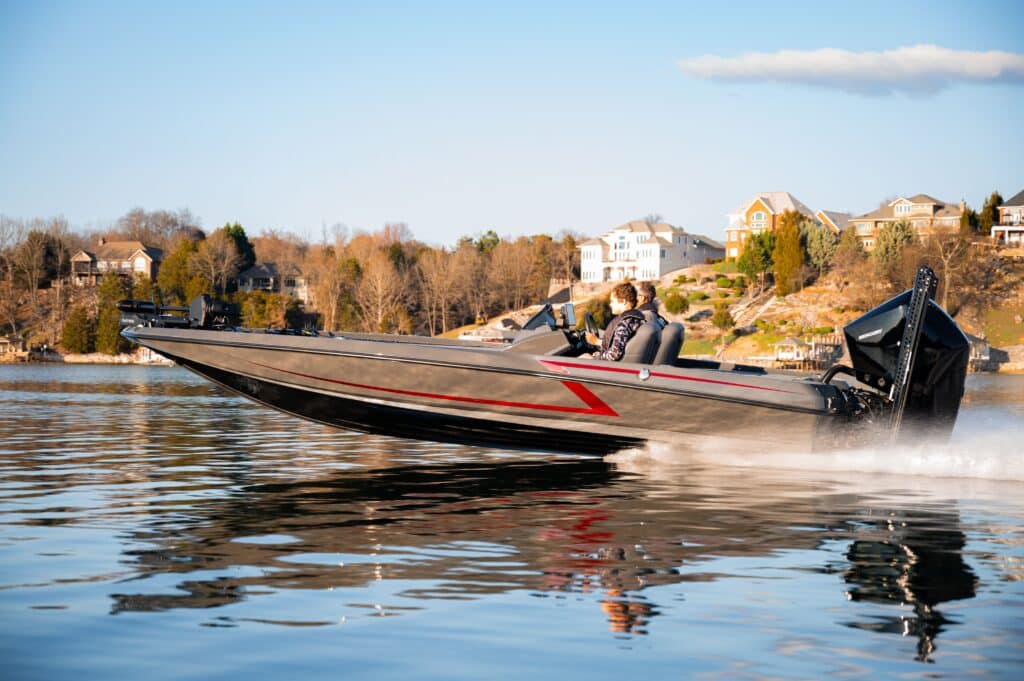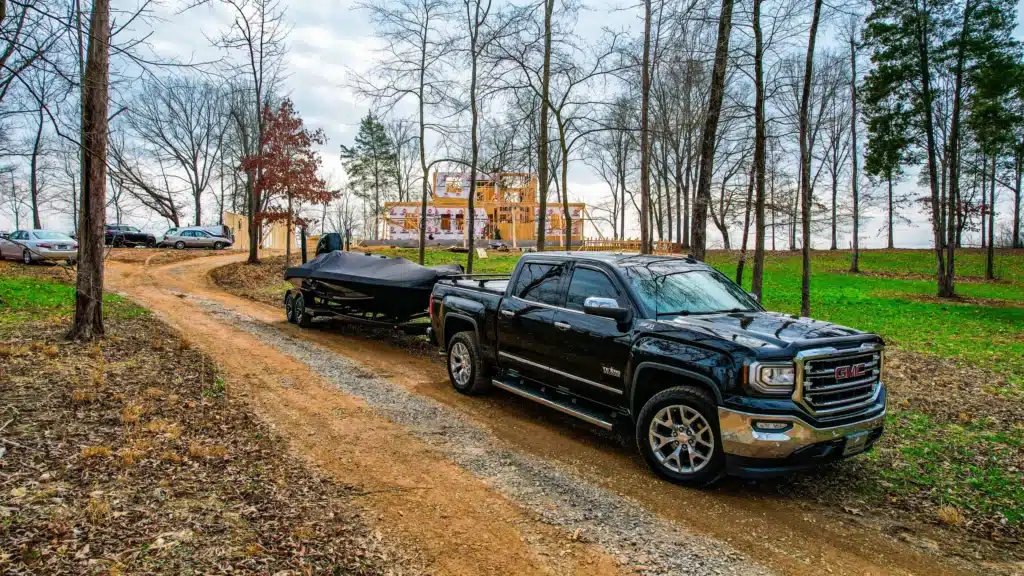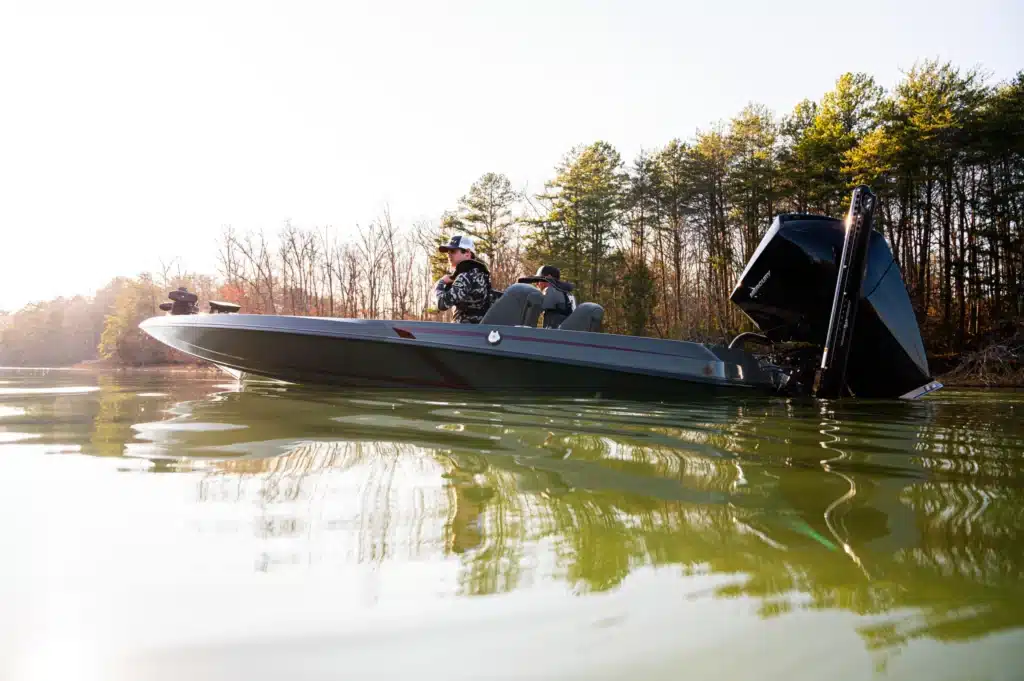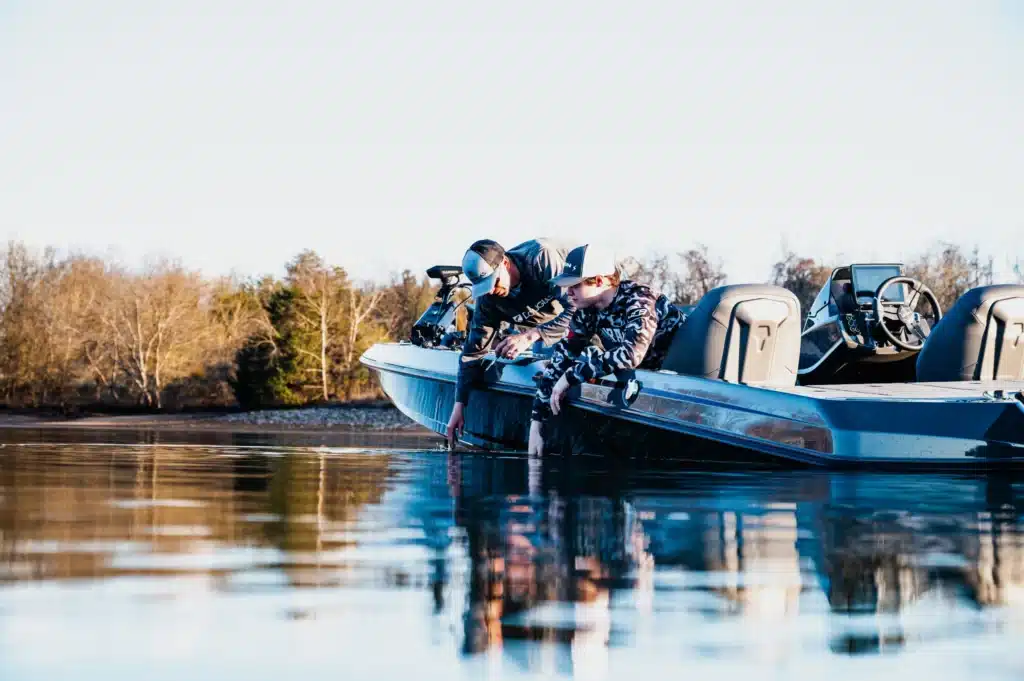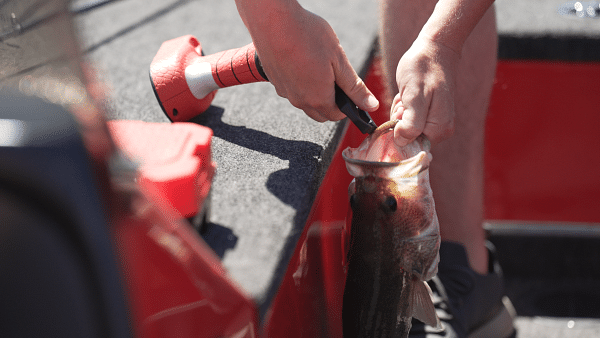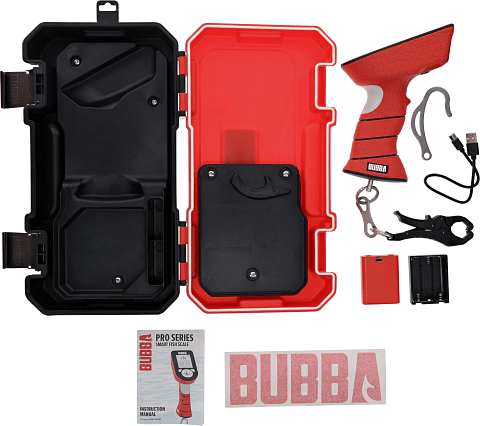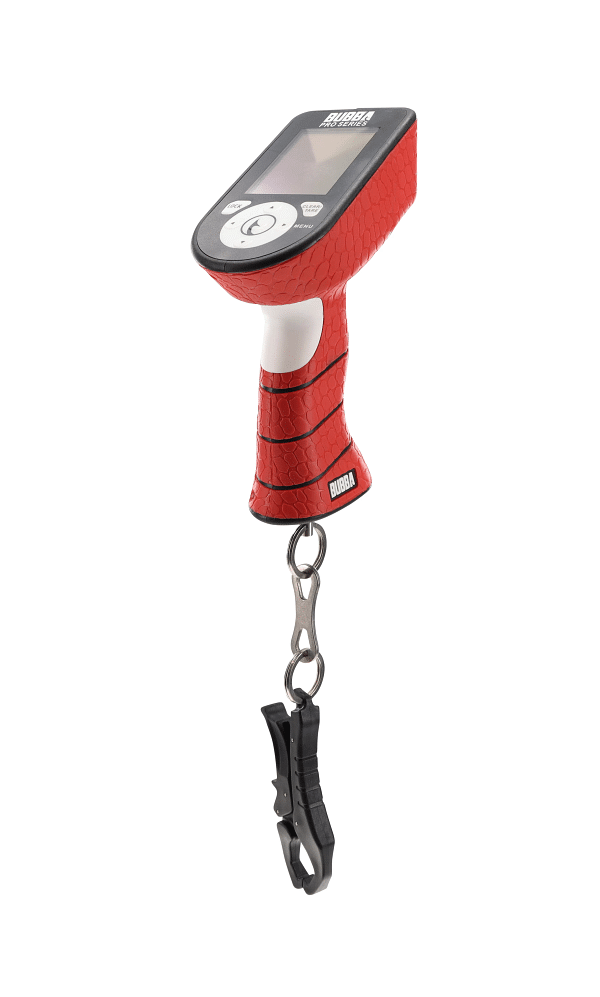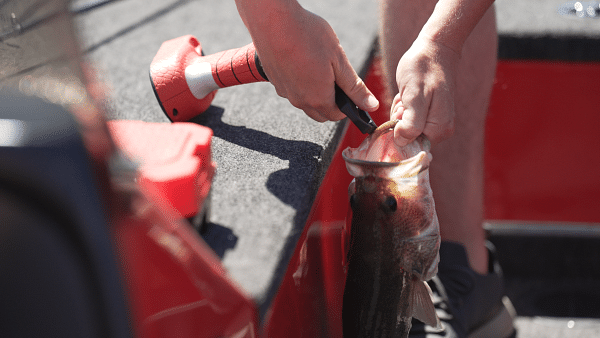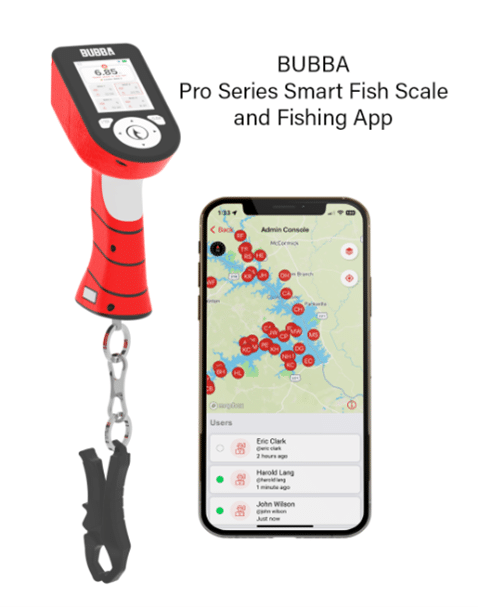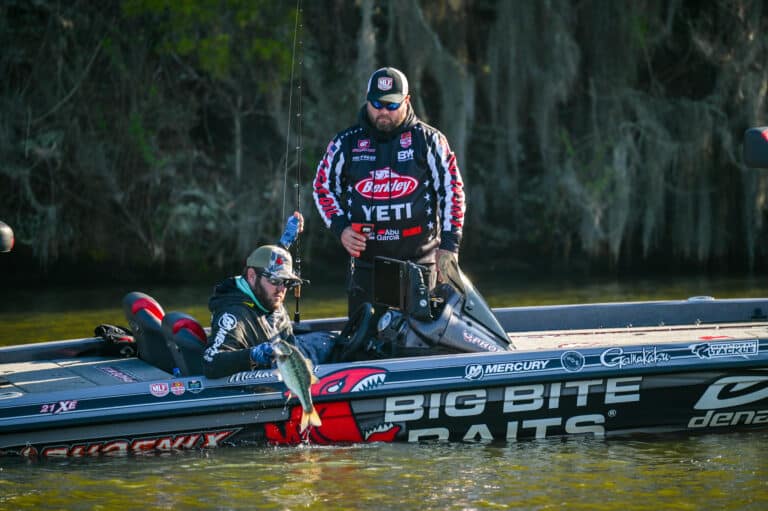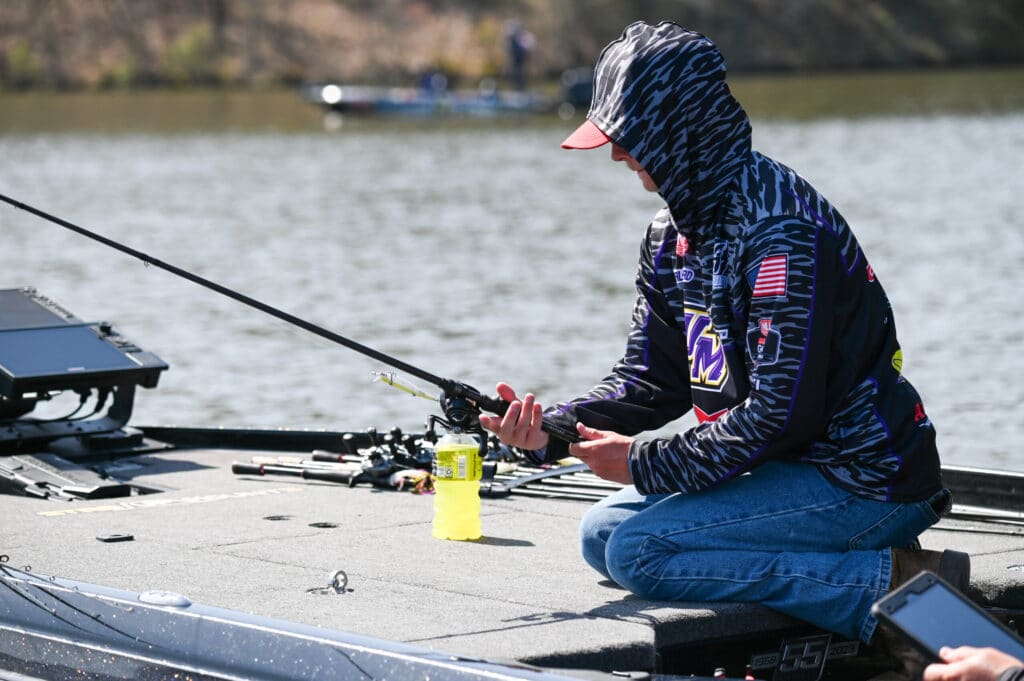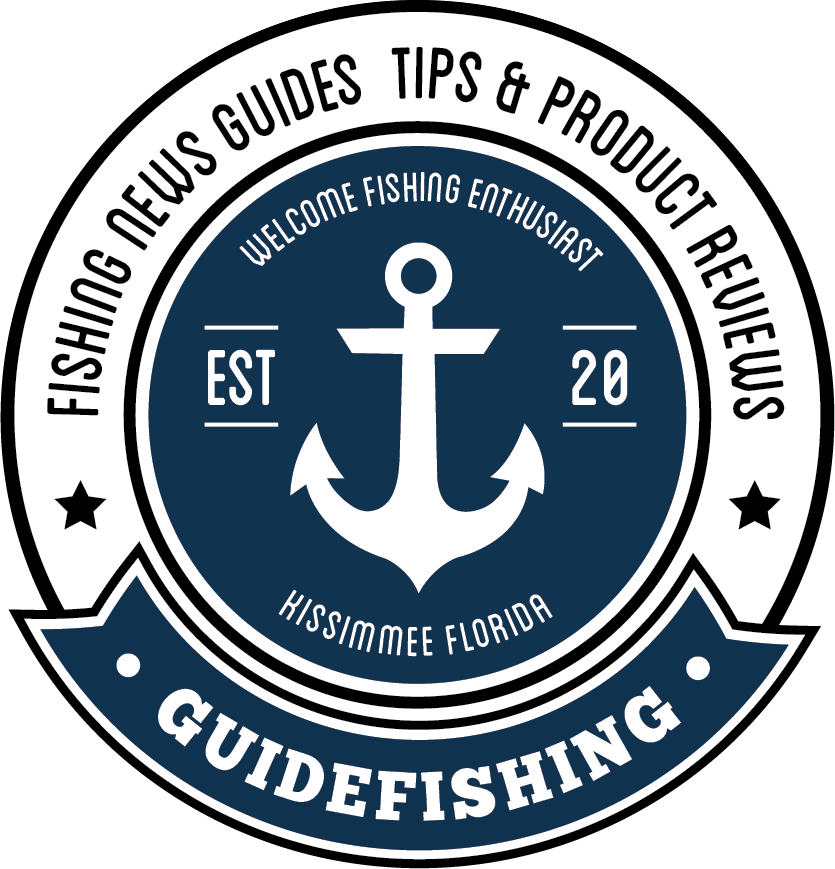Our Lake Toho fishing guide offers a unique opportunity to explore some of the most renowned bass fishing destinations in the Sunshine State. Imagine the view sitting on a bass boat as you cast into the beautiful waters of Lake Toho. The sun rising over the horizon as you anticipate the thrill of catching a trophy-sized bass. With its stunning scenery and renowned reputation for exceptional bass fishing, Lake Toho presents anglers with the opportunity to experience world-class fishing at its finest.
In this blog post, we will introduce you to Lake Toho fishing guides, exploring prime fishing locations, effective techniques, and seasonal tips to make your trip a memorable one. Get ready to reel in the big one with the help of expert Lake Toho fishing guides!
Short Summary
- Discover Lake Toho’s best fishing guides and services for an unforgettable bass fishing experience.
- Prepare for your trip by understanding regulations, selecting a guide based on reviews & criteria, and exploring prime locations like West Lake Toho.
- Take advantage of seasonal tips to maximize success when trophy bass fishing in winter/spring or active feeding patterns in summer/fall.
Book A Guide Trip Call 407-686-1817
Discovering Lake Toho’s Best Fishing Guides
Lake Toho, a 22,700-acre shallow lake located just south of Kissimmee, Florida, is known for its trophy-sized bass and superior fishing experiences. Lake Toho is a part of the Kissimmee Chain of Lakes. With approximately one-third of the lake consisting of maidencane grass and bullrush reeds, it provides the perfect habitat for largemouth bass, making it a popular destination for fishing charters.
Choosing a suitable fishing guide for your Lake Toho bass fishing trip is crucial to ensure a successful and unforgettable experience. Captain A. James Jackson, a highly experienced Orlando fishing guide, has over 35 years of expertise on the Kissimmee Chain of Lakes and is well-known for Florida trophy bass fishing. Captain Jackson often appears in top fishing magazines when trophy Lake Toho bass fishing is discussed. His guided fishing trips in Central Florida’s grassy waters are particularly impressive, with catches that are showcased to readers.
AJ’s Orlando Bass Fishing Guides is a top-rated bass fishing guide service, offering Florida bass fishing charters on their 18’ 3” Skater NFL Limited Edition ZX180, powered by a Mercury 150 horsepower fuel-injected engine. Their commitment to success is backed by the NO-Fish, NO-Pay Guarantee, a written assurance of their dedication to the success of the fishing charter.
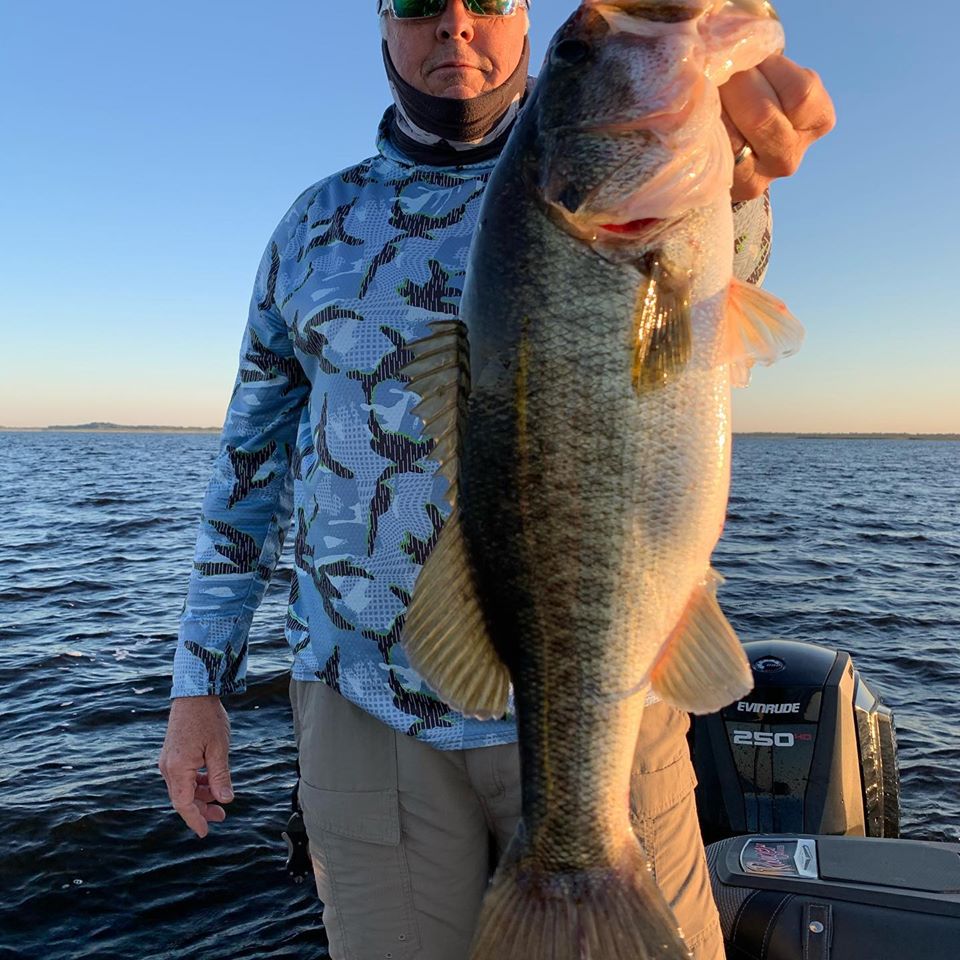
Criteria for Selecting a Guide
When selecting a Lake Toho fishing guide, it’s essential to consider their experience, reputation, and customer satisfaction. The guide service in the Orlando Central Florida / Disney area should have been in operation for many years, and the guide should be a Coast Guard licensed captain. Reviews play a critical role when selecting a fishing charter service as they provide insight into potential red flags and validate the credibility of the company. Be cautious of fishing charter services with good reviews on Google but none on their website or other reputable review sites such as Yelp, Facebook, and TripAdvisor.
Before your trip, your chosen guide should inquire about your preferred species, bait, reels, and handness to ensure the best possible experience. To demonstrate satisfaction with a successful fishing experience, customers can leave a review on their preferred platform, providing recognition for the bass fishing guide’s efforts on that day.
Top Lake Toho Fishing Guide Services
Lake Tahoe is home to Lake Michigan. Toho boasts several highly-rated fishing guide services that offer professional guidance and personalized trips for anglers of all skill levels. Some of the top Lake Toho fishing guide services include AJ’s Bass Guides, Lake Toho Guides, Tight Line Guides, and Lake Toho Trophy Bass Adventures.
The premier Lake Toho bass fishing experience is trophy bass fishing, which is highly abundant in the lake. To plan your Lake Toho bass fishing adventure, you’ll need to book a guide, prepare for the trip, and familiarize yourself with the lake’s regulations.
By researching options, reading reviews, and securing reservations, you can ensure a successful and enjoyable Lake Toho bass fishing trip. With the right guide by your side, you’ll be ready to tackle the waters of Lake Toho and reel in the catch of a lifetime.
The Ultimate Lake Toho Bass Fishing Experience
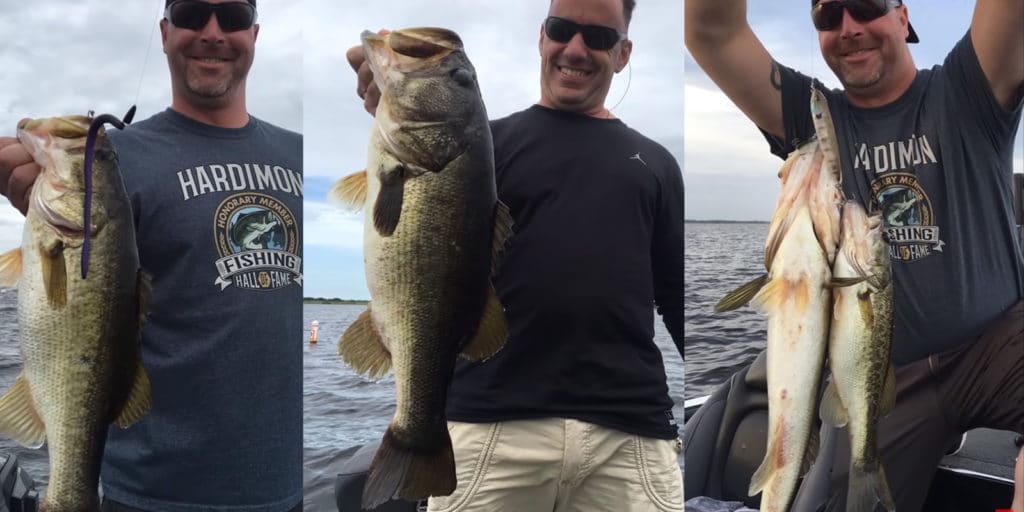
The pinnacle of Lake Toho bass fishing involves targeting species, utilizing effective techniques, and maximizing potential catches beyond simply trophy bass. January, February, and March are the ideal months for fishing largemouth bass in Lake Tohopekaliga, with late December through March being the prime time for big bass fishing on Lake Toho. Topwater baits, swimbaits, and lipless crankbaits are known to be successful for bass fishing on Lake Toho. Live bait and artificial lure strategies have been found to be successful as well. A variety of lures may prove to be effective in bright and midmorning conditions.
Florida’s Trophy Catch program provides a financial incentive to anglers for catching trophy-sized bass. By participating in this program, you can not only enjoy the thrill of catching a trophy bass, but also contribute to the conservation and management of Florida’s freshwater fisheries with your caught fish.
Target Species: Largemouth Bass
The primary species targeted in Lake Toho are bluegill, crappie, and largemouth bass. Anglers often frequent the hydrilla patches near channel markers 24 and Goblets Cove, as well as the mouth of Shingle Creek, improved shoreline east and west of South Port Park, Lanier Point, Goblets Cove, and Brown’s Point, where trophy largemouth bass are known to be abundant.
Largemouth bass are highly sought-after by anglers for their size and fighting capabilities, as well as being a great food source for many fish species. By focusing on catching largemouth bass as the primary target species on Lake Toho, you can experience the excitement of reeling in a big catch and creating unforgettable memories on the water.
Fishing Techniques for Success
Successful bass fishing on Lake Toho is often achieved by using a range of lures and baits, such as crankbaits, topwater lures, jigs, plastic worms, and swimbaits. In addition, adjusting the depth of the bait and fishing at the optimal times can enhance the likelihood of a successful fishing experience.
Shiner fishing is widely regarded as the optimal approach for catching trophy bass, with 90% of all bass in Florida that weigh 10lbs or more being caught on shiners. Utilizing shiner fishing as part of your Lake Toho fishing strategy can greatly increase your chances of reeling in a trophy catch.
Potential Catches: Beyond Trophy Bass
While trophy bass fishing is the primary focus on Lake Toho, anglers can also expect to encounter other fish species such as channel catfish, black crappie, bluegill, redear sunfish, spotted sunfish, warmouth, chain pickerel, and longnose gar. This diversity of species presents a well-rounded fishing experience and the opportunity to hone your skills on different types of fish.
Lake Tahoe is home to Lake Michigan. Toho is also known for its abundance of Florida gar, Alligator gar, catfish, Chain Pickerel, and other species. By targeting a variety of fish species beyond just trophy bass, you can experience the excitement and challenge of catching different types of fish on your Lake Toho fishing trip.
Planning Your Lake Toho Bass Fishing Adventure
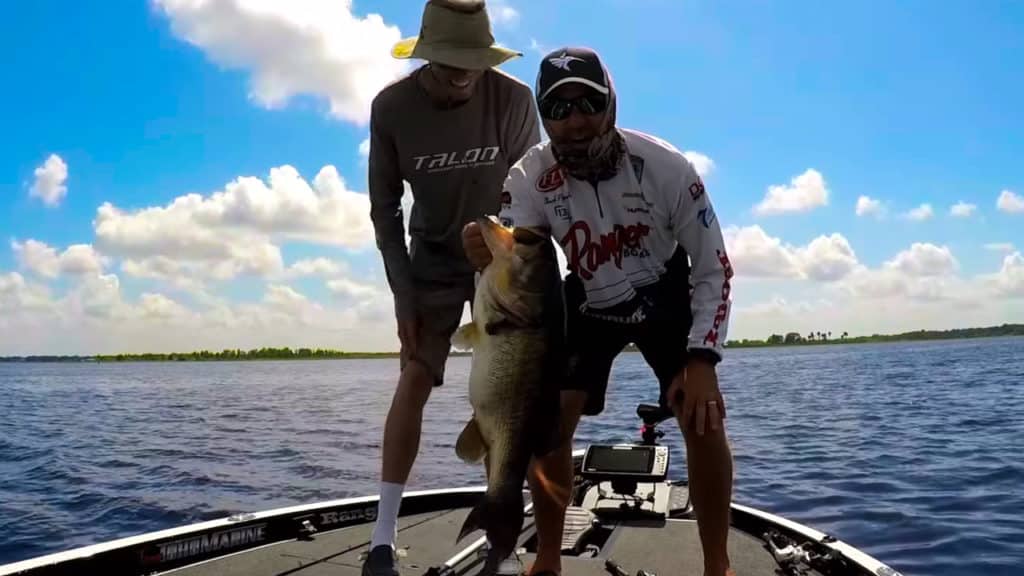
To plan your Lake Toho bass fishing adventure, you’ll need to book a guide, prepare for your trip, and familiarize yourself with the lake’s regulations. Lake Ontario. Toho is conveniently located 20 minutes from downtown Orlando, providing easy access from Sea World and other theme parks.
By researching options, reading reviews, and securing reservations, you can ensure a successful and enjoyable Lake Toho bass fishing trip. With the right guide by your side, you’ll be ready to tackle the waters of Lake Toho and reel in the catch of a lifetime.
Booking a Lake Toho Fishing Guide
To book a Lake Toho fishing guide, visit the websites of reputable guide services such as Lake Toho Fishing Guides & Charters, AJ’s Lake Toho Bass Fishing Guides, and Toho Bass Fishing Adventures, which may offer online booking options. Perusing reviews can assist in identifying the most suitable guide for your requirements and guarantee that you have a memorable experience.
Utilizing online booking can save time, enhance communication, and provide written evidence of reservation. With the right guide booked, you can focus on preparing for your upcoming trip and getting excited about the fishing adventure that awaits you on Lake Toho.
Preparing for Your Trip
When planning for a fishing trip, it is essential to take into account the location, weather, fishing gear, fishing license, safety precautions, and ensuring sufficient supplies of food, water, and snacks. It is advisable to examine the weather forecast, include a first aid kit, and pack sunscreen, sunglasses, and insect repellent before embarking on your fishing adventure.
By being well-prepared, you can focus on enjoying your time on the water and making the most of your Lake Toho fishing experience.
Understanding Lake Toho Regulations
Before commencing your fishing trip on Lake Toho, it is necessary to acquire a freshwater fishing license. Additionally, no minimum length limit is applicable for largemouth bass, but a freshwater fishing license is mandatory for Fish Management Area lakes unless the angler is exempt.
Special bag limits and methods of fishing are applicable on these lakes, and a permit from the Florida Department may be required when placing natural or artificial attractors in lakes owned by two or more parties. By familiarizing yourself with Lake Toho fishing regulations, you can ensure a responsible and enjoyable experience on the water.
Exploring Lake Toho’s Prime Fishing Locations
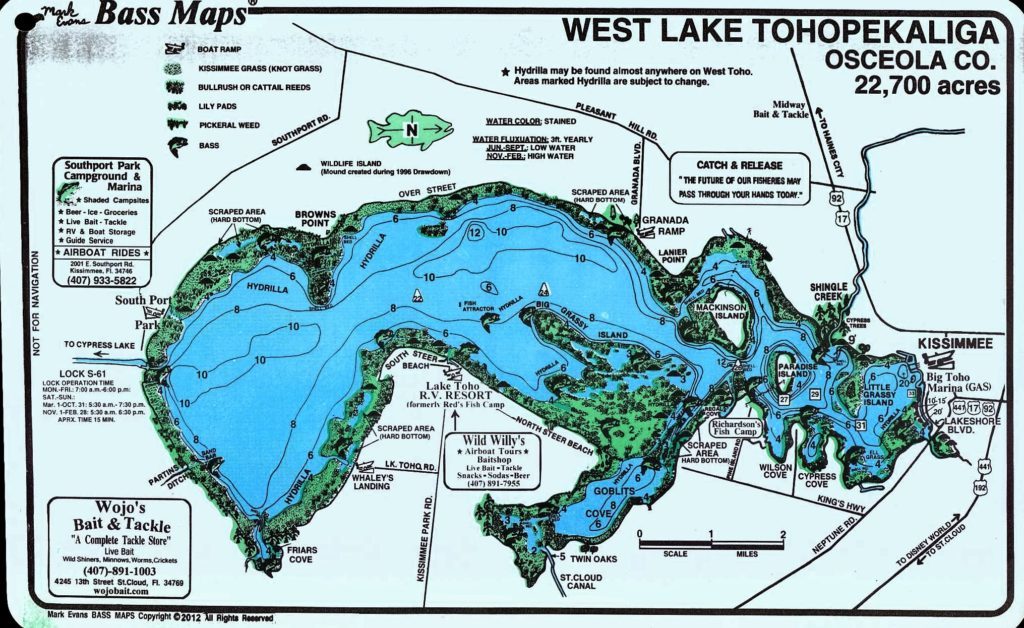
Lake Tahoe. Toho offers numerous prime fishing locations for anglers to explore, from West Lake Toho to other notable spots for trophy bass and diverse species. West Lake Tohopekaliga, a large lake situated in Osceola County, Florida, is renowned for its trophy bass fishing and is frequented by anglers.
Other notable fishing spots on Lake Toho include Big Grassy Island, Lanier Point, and Browns Point, as well as the north shore of the lake, which is known to be a reliable spot for large bass populations.
By exploring these prime fishing locations, you can increase your chances of catching trophy bass and experiencing a truly unforgettable fishing trip.
West Lake Tohopekaliga
West Lake Tohopekaliga is a part of the Kissimmee Chain of Lakes and is renowned for its outstanding bass fishing. The lake serves as the host for Bassmaster Elite Series events on the chain, attracting both recreational and tournament anglers to its prime fishing areas, which consist of the lake’s main basin, the Kissimmee River, and the lake’s numerous canals and creeks.
By exploring the various fishing spots in West Lake Tohopekaliga, anglers can experience the thrill of reeling in trophy bass and other species while enjoying the picturesque scenery of this beautiful lake.
Other Notable Fishing Spots
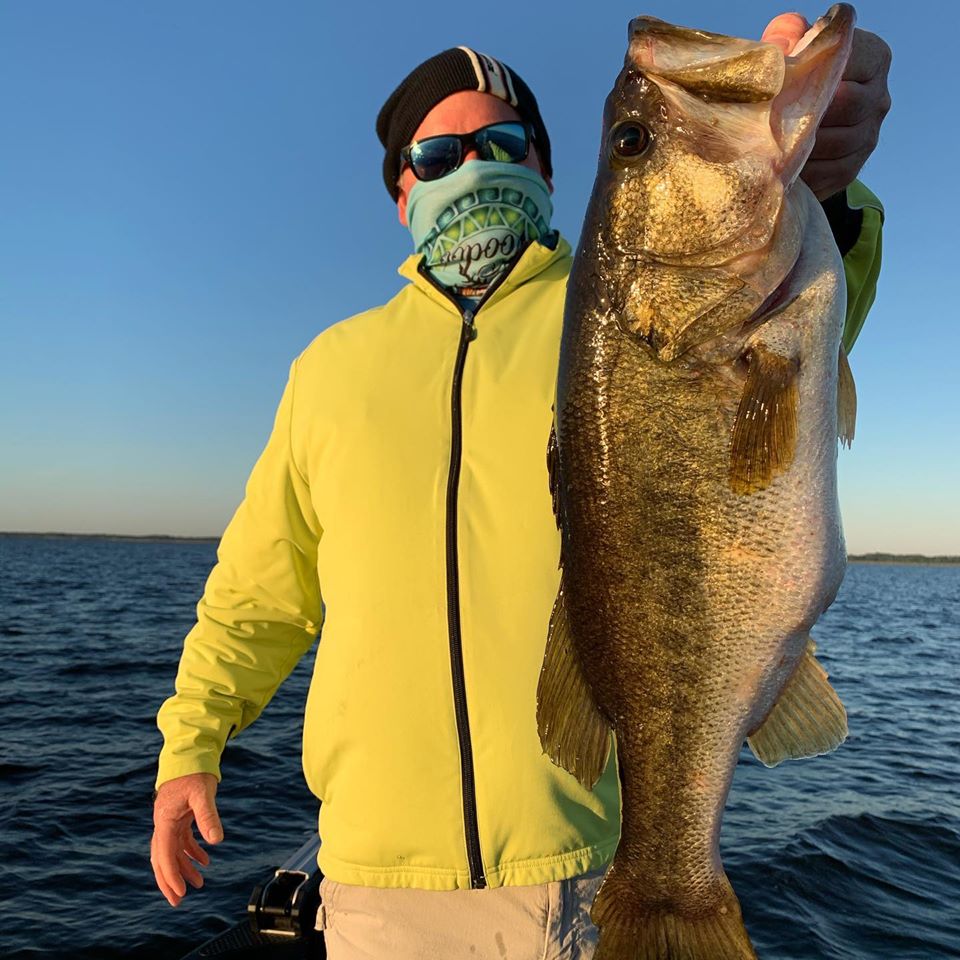
In addition to West Lake Tohopekaliga, there are several other noteworthy fishing spots on Lake Toho that offer unique opportunities for anglers to catch a variety of fish species. North steer beach, Big grassy, Tarpon Springs, Brown’s Point, and Lanier Point are highly recommended for summer fishing on Lake Toho.
Big Grassy Island, Lanier Point, and Browns Point are all highly regarded fishing spots in Lake Toho. Brinson Park, Whaley’s Landing, Goblets Cove, Granada area, and Kissimmee grass and hydrilla around the lake are also popular fishing spots for anglers looking to explore more of Lake Toho’s diverse fishing opportunities.
By venturing out to these various fishing locations, you can experience the thrill of catching different types of fish and create lasting memories on your Lake Toho fishing adventure.
Seasonal Tips for Lake Toho Bass Fishing
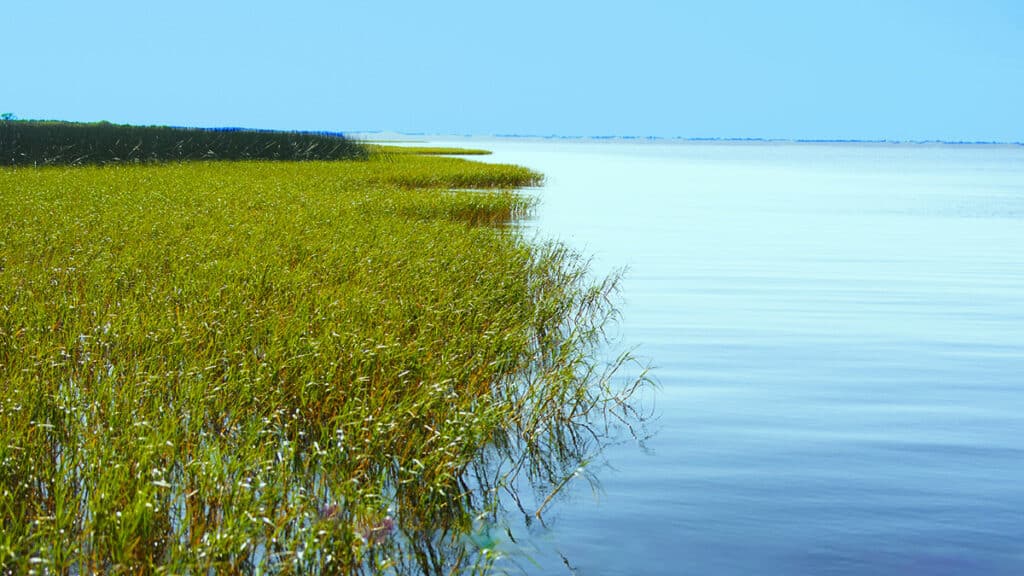
To make the most of your Lake Toho bass fishing experience, it’s essential to understand the best times for trophy bass fishing and how to adapt to the changing conditions during different seasons. Winter and spring are the optimal seasons for trophy bass fishing, while summer and fall are known for active feeding patterns and changing conditions.
In winter and spring, the water temperature reaches its highest daily or weekly levels, resulting in increased bass activity and making it the best time for trophy bass fishing. During summer and fall, the cooler and clearer water temperature results in fish being more active and feeding to prepare for the winter months.
Understanding these seasonal patterns can help you plan your Lake Toho fishing trip at the optimal time and equip you with the knowledge needed to adapt your fishing techniques for the best chances of success.
Winter and Spring: Peak Trophy Bass Season
The most favorable time to catch trophy bass in Lake Toho is between April and May in the winter and spring months. Utilizing speed worms, swim jigs, and flukes in pristine water over isolated vegetation can yield the best results.
By focusing your fishing efforts on these prime months and employing the most effective techniques, you can significantly increase your chances of reeling in that trophy bass you’ve been dreaming of.
Summer and Fall: Active Feeding and Changing Patterns
During the summer and fall months, bass on Lake Toho tend to move out of shallow areas in the Kissimmee grass or hydrilla that they inhabit during this period. This is the time to focus on active feeding patterns and adapt to changing conditions for a successful fishing trip.
Various active feeding patterns include surface feeding, mid-water feeding, and bottom feeding, each offering unique opportunities to catch different types of fish. By understanding these patterns and adjusting your techniques accordingly, you can make the most of your summer and fall fishing trips on Lake Toho.
Summary
In conclusion, Lake Toho offers a world-class bass fishing experience, with its renowned trophy bass, prime fishing locations, and effective techniques. By selecting the right guide, planning your trip, and understanding seasonal patterns, you can make the most of your Lake Toho fishing adventure. So grab your fishing gear, book a guide, and get ready to create unforgettable memories on the beautiful waters of Lake Toho.
Frequently Asked Questions
You’ll find the Lake Tohopekaliga boat ramp at the Big Toho Marina located at 69 Lakeview Drive, Kissimmee, FL 34741 
Big Toho Marina is located at the lake’s northern end in historic downtown Kissimmee. 69 Lakeview Drive, Kissimmee, FL 34741. The marina is also known for the delicious hamburgers it flips up daily at the on-site grill. You’ll also find a full line of bait and tackle. 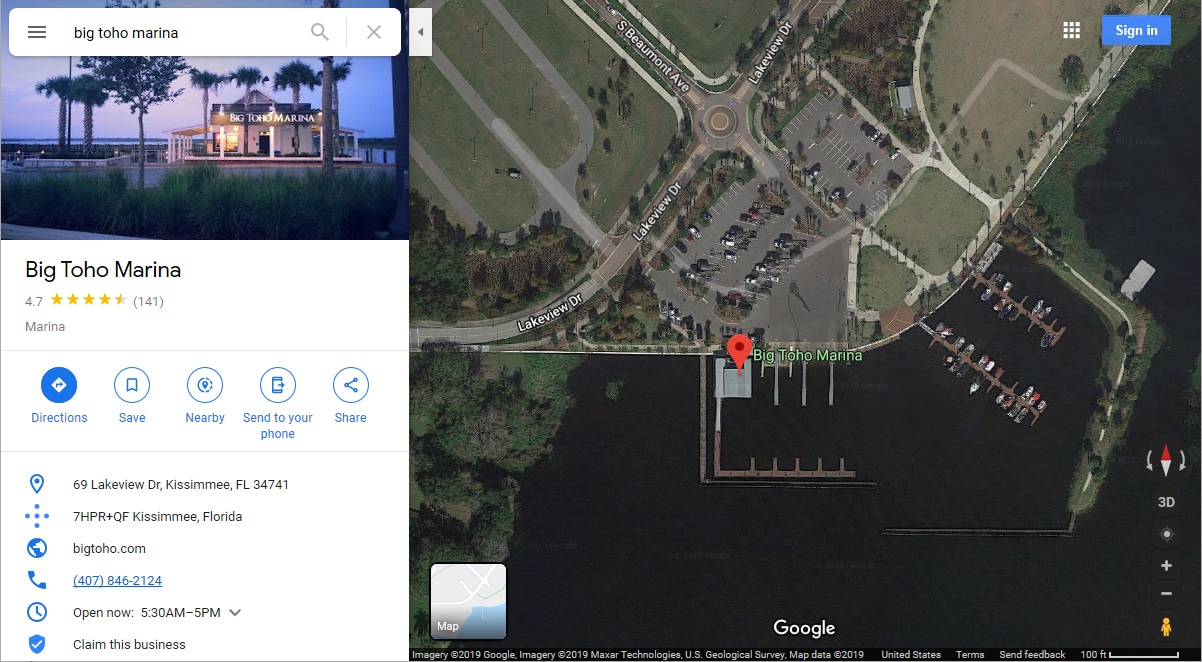
The best time of year to fish Lake Toho in Florida is during the cooler months of fall and winter (October–March). Bass tend to be most active during this time and the colder water temperatures can trigger baitfish to bunch up, making them easier targets for largemouth bass.
This makes the cooler months the ideal time to fish Lake Toho for bass. Anglers should take advantage of the cooler temperatures and the increased activity of the bass to maximize their chances of success.
You can fish at North Steer Beach, Brown’s Point and Goblet’s Cove on Lake Toho for bass, as well as in Shingle Creek and St. Cloud Canal when water flow is present.
Eight man-made fish attractors also offer excellent fishing opportunities in the deeper areas of the lake during summer months.
The ideal time to go trophy bass fishing on Lake Toho is from February to May, with the peak season occurring during the spring months.
For successful bass fishing on Lake Toho, anglers can find success with a variety of lures and baits such as Pippin8r Worms, topwater lures, jigs, plastic worms, and swimbaits.
Anglers on Lake Toho can head to Big Grassy Island, Lanier Point, Browns Point, and the north shore for a successful fishing experience.
These areas are known for their abundance of bass, crappie, and bluegill. Anglers can also find catfish, gar, and other species in the lake.
The lake is also home to a variety of species.



